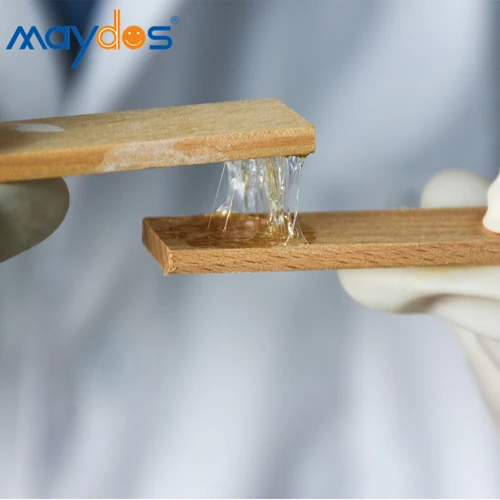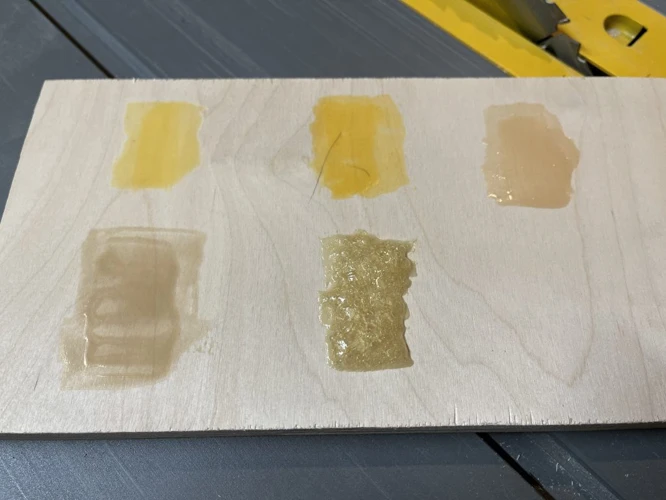Understanding Polypropylene and Its Uses in Industry
Polypropylene, commonly abbreviated as PP, is renowned for its versatility and affordability, making it a prevalent material across various industries. From automotive parts to consumer packaging, PP’s unique attributes such as resistance to fatigue, insulation properties, and chemical resistance ensure its extensive utilization in everyday products.
Challenges of Bonding Polypropylene
Despite its wide range of applications, polypropylene presents certain challenges when it comes to forming a secure bond. Due to its low surface energy and non-polar nature, standard adhesives often fail to properly adhere to PP surfaces, necessitating specialized polypropylene adhesive or modified bonding techniques.
Essential PP Bonding Techniques
Overview of Polypropylene Adhesive Types
There exists a spectrum of adhesives tailored for PP bonding, each with its own merits. These include cyanoacrylates, two-part epoxies, and specialty structural acrylics, all of which can be formulated to enhance adhesion to polypropylene surfaces.
Preparation Steps for Gluing PP Plastic
Successful gluing PP plastic begins with preparation. Cleaning the surface to remove oils and debris, followed by a light abrasion to create a rough texture, significantly improves the bonding process.
Best Practices for Polypropylene Welding
Polypropylene welding is another effective technique for joining PP materials. It involves melting the plastic surfaces with a hot air gun and pressing them together, allowing for a fusion bond that is often stronger than the original material.
How to Choose the Right Plastic Glue for PP
Determining the Strong Adhesive for PP Applications
To ensure a lasting bond, it’s crucial to choose a strong adhesive for PP that’s specifically designed for the material. This often means opting for a specialized polypropylene adhesive that can maintain its bond under the conditions PP products are typically exposed to.
Adhesive Selection for PP: Factors to Consider
When selecting the right adhesive, factors such as the operating environment, bond strength requirements, and curing time play pivotal roles. It’s essential to consider the specific demands of the application to make an informed adhesive selection for PP.
Step-by-Step Guide: How to Bond Polypropylene
Surface Preparation for PP Bonding
Begin with thorough surface preparation, which is vital for creating a strong bond. This includes cleaning the PP surface with isopropyl alcohol and lightly abrading it to increase the surface area for the adhesive to grip.
Applying Polypropylene Adhesive
Once the surface is prepared, apply the polypropylene adhesive evenly, following the manufacturer’s instructions. Ensuring even application without air bubbles is key to a successful bond.
Curing and Setting Times
After applying the adhesive, the curing process is critical. The setting time can vary based on the adhesive type and environmental conditions. It’s important to allow the bond to cure fully before testing its strength.
Troubleshooting PP Plastic Repair
Common Issues and Solutions in PP Bonding
Issues such as weak bonds or adhesive failure can often be attributed to improper surface preparation or incorrect adhesive choice. Reassessing these elements can lead to resolving most PP plastic repair challenges.
When to Use a Solvent for PP
In certain cases, a solvent for PP can be used to weld the material by dissolving the surface layers and allowing them to intermix. This method is typically utilized for repair or in applications where a chemical weld is preferred.
Advanced PP Bonding Methods
Using Polypropylene Welding for Stronger Bonds
For applications requiring the utmost strength, polypropylene welding is a superior method. It creates a bond that is as strong as, or stronger than, the base material itself, and is ideal for high-stress applications.
Alternative Bonding Methods for PP
Apart from welding and adhesives, there are other methods such as ultrasonic welding or friction welding that could be considered for bonding PP, depending on the specific requirements of the project.
Conclusion: Ensuring Successful PP Bonding
Recap of PP Bonding Techniques and Best Practices
From surface preparation to the proper selection and application of a polypropylene adhesive, following best practices in PP bonding techniques ensures a strong and durable bond.
When it comes to adhesive projects, knowing the right way to bond materials is crucial for a successful outcome. If you’re working with polypropylene plastic, also known as PP plastic, understanding the specific techniques and adhesives that work best with this material is key. For a comprehensive guide, take a look at our article on how to glue plastic, which provides general tips and tricks for various types of plastics.
If you’re dealing with ABS plastic, a different type of thermoplastic, you might want to read our specialized guide on how to glue ABS plastic, which can help you navigate the challenges specific to this material.
And for those creative projects that involve attaching paper to plastic surfaces, our article on how to glue paper to plastic offers valuable insights into achieving a firm and lasting bond between these two materials. Whether you’re crafting a model, assembling a prototype, or creating custom packaging, these resources are designed to help you achieve the best possible results with your gluing projects.
Future Trends in Polypropylene Adhesion Technology
As technology advances, we can anticipate the development of new adhesives and bonding methods that will further enhance the strength and durability of PP bonds, meeting the evolving needs of various industries.





